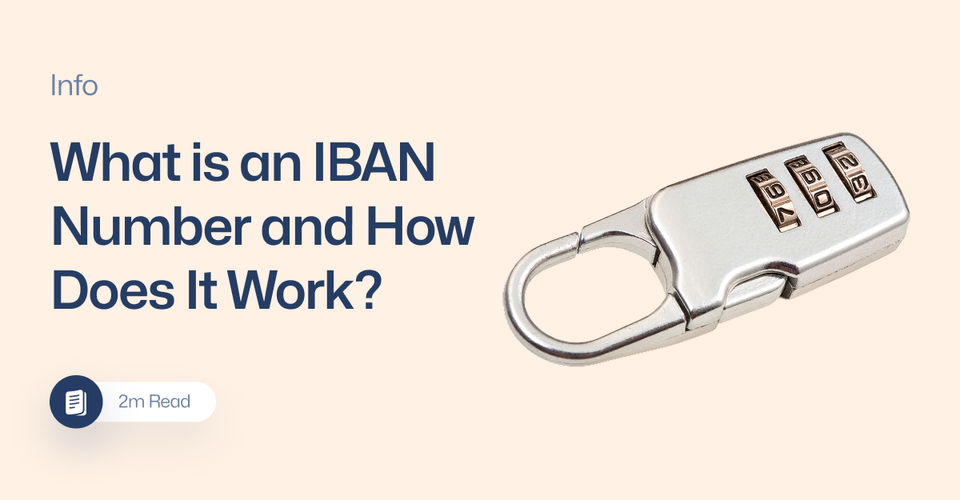What is an IBAN Number and How Does It Work?

At Zole, we are all about making international money transfers simple, fast, and stress-free—especially between Canada and Nigeria. But if you have ever tried sending money through traditional banks, you have probably come across terms like IBAN and SWIFT. These codes play a big role in global banking, even if you don’t need them when using Zole.
In this article, we will break down what an IBAN number is, how it works, and why it matters—so you can understand the back end of international transfers (even if Zole helps you skip the hassle).
What is an IBAN Number?
IBAN stands for International Bank Account Number. It is a system used by banks worldwide to identify individual bank accounts when processing international transactions.IBAN is used as a way of verifying if the transaction details are correct and ensure that the money sent gets to the right account without any errors, it acts as a unique identifier, reducing transaction delays and preventing failed payments due to incorrect account details.
How Does an IBAN Work?
An IBAN number is used when sending money across borders. When sending money across borders, banks use the IBAN to:
- Identify the recipient’s country and bank
- Verify the accuracy of the account details
- Process the transaction efficiently
An IBAN number consists of up to 34 alphanumeric characters, depending on the country and different countries have different IBAN formats.An IBAN is made up of several key components:
1. Country Code which identifies the country (e.g., GB for Great Britain, DE for Germany, FR for France).
2. Check Digits which consists of two digits issued by the bank to validate the IBAN.
3. Bank Code which identifies the recipient's bank.
4. Account Number which is the unique bank account number of the recipient.
5. Branch Code may also identify the specific branch however, it is optional.
For example, an IBAN in the UK might look like this:
GB13 NWBK 7016 1332 9260 59 GB13
- GB → Country Code (United Kingdom)
- 13 → Check Digits
- NWBK → Bank Identifier
- 70161332926059 → Account Number
How to Find Your IBAN Number
You can find your IBAN number through:
- Bank Statements – Printed or digital copies from your bank
- Online Banking – Check under account details in your banking app
- IBAN Calculators – Some banks provide IBAN lookup tools
- Customer Support – Call your bank to request your IBAN
What’s the Difference Between IBAN vs SWIFT Code:
An IBAN (International Bank Account Number) identifies a specific bank account and is used for domestic and international payments. It can be up to 34 characters long while A SWIFT code (or BIC – Bank Identifier Code) identifies the bank itself, ensuring secure communication between banks for international transactions. It is typically 8 to 11 characters long.
In short, IBANs direct funds to the right account, while SWIFT codes connect banks for secure processing. Some transactions may require both.
Do You Need an IBAN for International Transfers?
No, you don’t always need an IBAN to send money internationally—especially with Zole. With Zole, you can send money quickly and securely without worrying about IBANs or other complex banking details. Our platform simplifies the process, ensuring fast, hassle-free transactions directly to your recipient’s bank or mobile wallet.

Comments ()